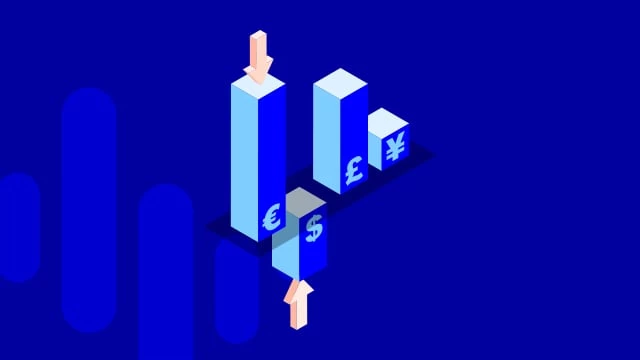Why should you automate your FX processes?
When it comes to FX, developments have been a bit behind the likes of equity trading. However, due to progress in robotics, machine learning and other forms of artificial intelligence, as well as the wider availability of application programming interfaces (APIs), the FX market is ready to embrace change with FX automation.
A surprisingly large number of corporates still struggle with older legacy systems and are still very dependent on excel spreadsheets for trading their currency exposure. It is a time-consuming process, subject to operational risk and sometimes inadequate risk management. You should therefore not underestimate the power of having a rule-based robot or sophisticated algorithm to translate data and information into actions. After all, robots are less clouded by human bias and not as prone to errors as humans.
Also, by adding rule-based FX trading – the company won’t be exposed to individual speculations, ensuring currency flows will be traded according to any given company’s strategy at all times. It also allows corporates to free up time so that they can focus on their core business or actions for risk reduction, instead of putting too much manual work into daily FX and liquidity management.
As treasurers and CFOs responsibilities increase, it’s hard to find the balance for all daily tasks when FX processes are just one out of many important responsibilities competing for your time. Also, automation is driving much of the decision-making within organisations and the topic is on the lips of many industry leaders and executives these days. It is also more and more common that management even assign individual KPIs on treasury and cash management personnel, encouraging them to embrace new technology and tools for automation and operational efficiency as a drive for change and efficiency.




